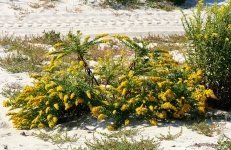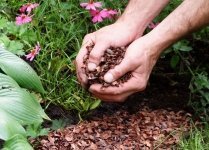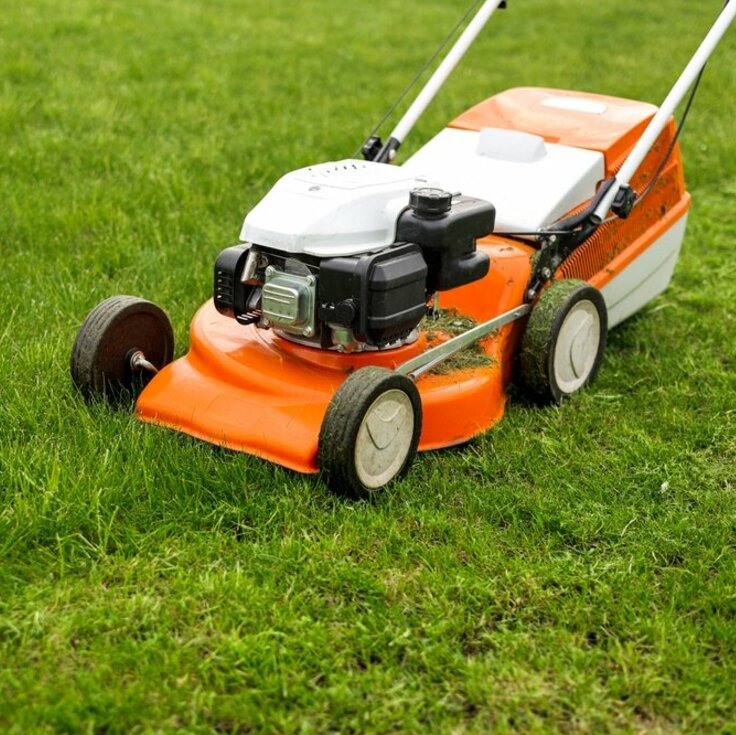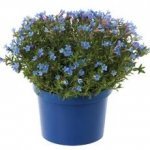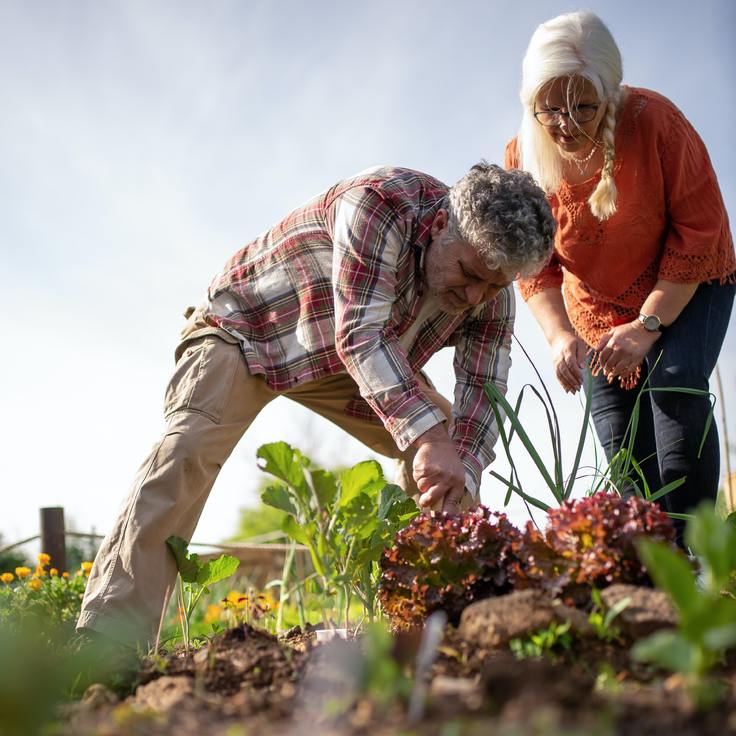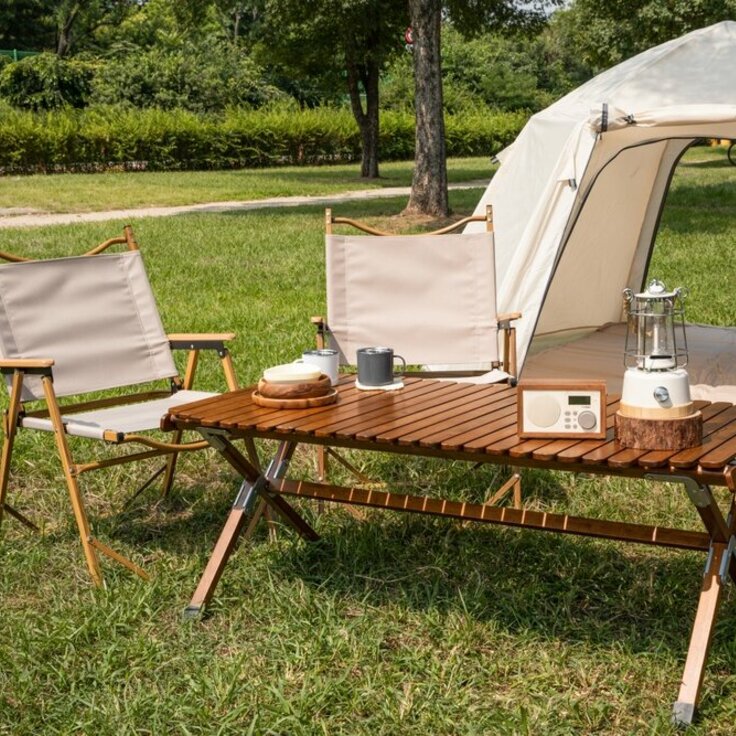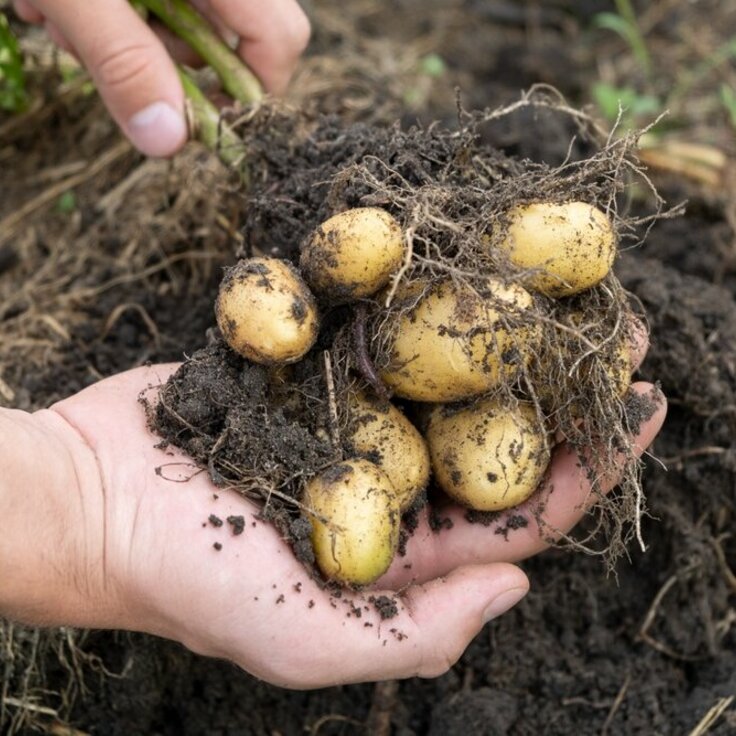Roses in the Herb Garden
Perhaps you think of roses as something you receive as a bouquet on Valentine's Day, birthdays, or anniversaries. Then, again, maybe you've found the pleasure of adding Knock Out roses to your garden, with those abundant scarlet blooms month after month during the summer. Hopefully, you grow other roses as well, whether elegant hybrid teas, climbers ambling along fences and over arbors, or diminutive miniatures in the foreground of borders. Of course, some of you may have fallen under the spell of heirloom roses, whether those with blooms having only five petals or those with hundreds of petals.
No doubt, as you enjoy the roses in your garden, you also bring blooms indoors for bouquets in your home. All well and fine, but what if there were other ways to utilize roses? Say in salads or sandwiches, cakes or cookies. How about improving your skin with a rose facial tonic or creating unique jewelry with rose petals?
Two herb organizations, the Herb Society of America and the International Herb Association, have coordinated to name the rose as the Herb of the Year in 2012. If you've never thought about the herbal uses of roses, either for health and beauty or in cooking, then this spring is the perfect time to begin. As you work in your garden, why not add some rose varieties that are particularly useful as herbs?
Traditional Rose Varieties for Herbal Uses
In considering what roses to grow, the natural first instinct is to look to those often referred to as heirloom, or antique, roses. The heirloom roses that have been used as herbs for hundreds of years include Rosa gallica, apothecary rose; R. rugosa, rugose rose; R. canina, dog rose; R. centifolia; cabbage rose; R. rubiginosa, also known as R. eglanteria, sweetbriar rose; R. alba, white rose; and R. damascena, damask rose. The reason? Rose oil chemistry. In other words, their fragrance.
The purist will want to have only these on his or her list, but, with the exception of the rugosa roses, these roses may not be ideal in your garden, variously due to size, suckering growth, or the fact that they bloom only once each year.
A Modern Approach to Herbal Roses
The good news is that other fragrant roses can be put to use as herbs, whether heirloom or modern, just as long as they have been grown sustainably, without harmful chemicals. If you wouldn't use a pesticide on your vegetables, don't use them on your herbal roses.
Among the thousands of rose varieties available, the modern ones most noted for their fragrance are the David Austin English Garden Roses, bred over the last half century. They encompass the full range of fragrances found in roses. These can be grouped into five basic types, including myrrh, fruity, musk, old rose, and tea rose. In addition to their fragrance, most of the English Roses are repeat-blooming, with large, old-fashioned-looking flowers, and vigorous garden performance.
The Ten Most Fragrant English Roses
Recently, Michael Marriott, senior rosarian at David Austin Roses, undertook the sensory overload task of choosing just ten of the David Austin roses with the most exquisite fragrance.
Gertude Jekyll's rich pink flowers have a powerful and beautifully rounded perfume considered by many to be the quintessential old rose fragrance: strong, rich, complex, and perfectly balanced.
Munstead Wood features deep velvety crimson flowers with a strong old rose scent highlighted by warm, fruity notes of blackberry, blueberry, and damson -- a real red-rose fragrance. Think about using petals of Munstead Wood in a syrup with a summer fruit salad or adding them to a pie.
Lady Emma Hamilton, with cupped flowers in shades of orange, apricot, and yellow, has a fragrance that's strong and deliciously fruity with hints of pear, grape, and citrus. Wouldn't these flowers combine wonderfully with lemon balm or lemon verbena in a sorbet?
Scepter'd Isle, with flowers of soft blush pink, has that distinctive myrrh scent, which is that of sweet anise. An award winner for its fragrance, would petals of Scepter'd Isle complement a salad with thinly sliced fennel or added to a rhubarb compote?
Harlow Carr has flowers of purest rose pink that boast a heady true rose scent that fits perfectly with its classic old rose form.
The Generous Gardener, a climbing rose, bears large pale-pink flowers with a fragrance that's a delicious mix of old rose, musk, and myrrh.
Princess Alexandra of Kent, with unusually large, cupped shaped pink flowers, is noted for its delightful fresh tea fragrance that, over time, takes on a lemony scent with hints of black currant. All of which suggests using the petals to as part of an herb tea or in making a sachet for the bath.
Jubilee Celebration bears large domed flowers in pink with the undersides of the petals shaded golden. The fragrance is a wonderfully bold, fruity one, starting out almost pure lemon zest, then developing hints of fresh lemon and raspberry. What about meringue shells with lemon sorbet and a rose petal-raspberry sauce with this one?
Golden Celebration's large, cupped, golden yellow flowers are known for their tea scent, often featuring hints of sauterne wine splashed with strawberry notes. Sounds perfect to add some petals to May Wine.
Port Sunlight has a bold, contemporary, rich apricot colors that provide a charming contrast to its classic, rich, pure tea fragrance.
No doubt, the best way to learn about rose fragrance and using them as herbs is to literally stop to smell the roses. Enjoy their many possibilities this year.

